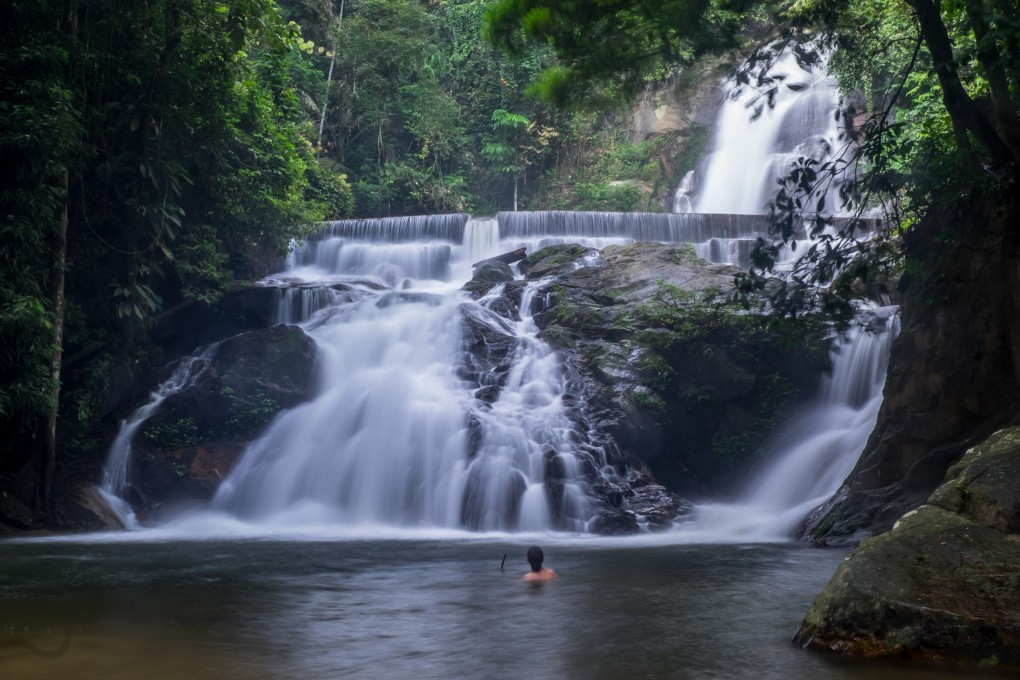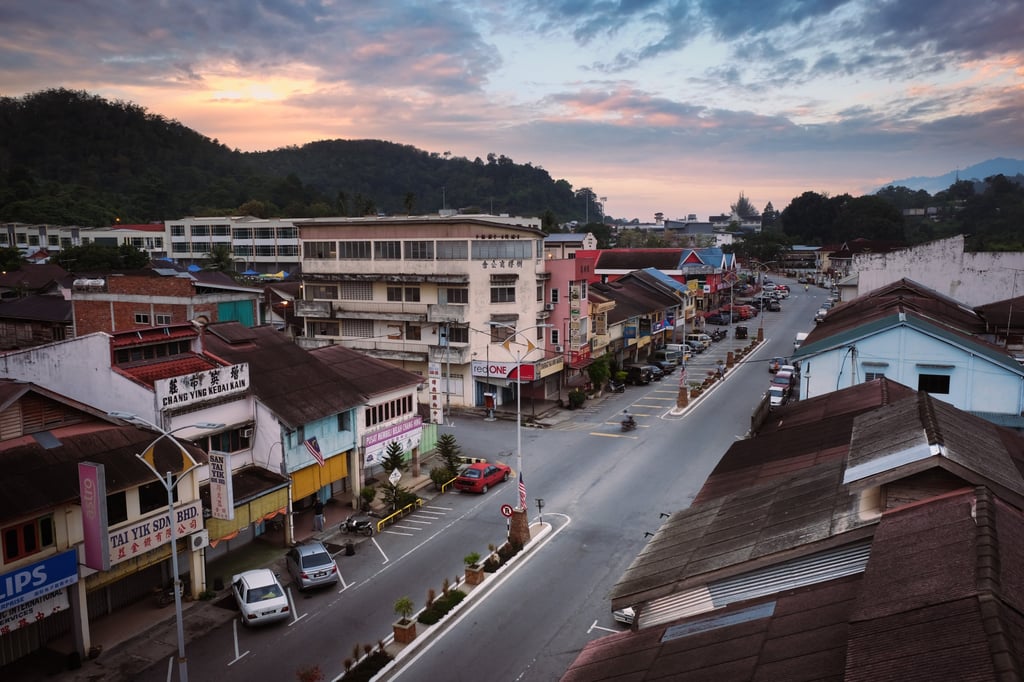Malaysian Unesco World Heritage site has oldest relics of human settlement outside Africa but is largely unknown and severely neglected – why?
- Perak Man, the oldest human skeleton found in Southeast Asia, was dug from Malaysia’s Lenggong Valley, first settled almost 2 million years ago
- Yet its sites are in disrepair, signs rotting and boardwalks broken, and its Unesco status at risk. Will passionate residents and new funding end its neglect?

From Siem Reap in Cambodia to Hoi An in Vietnam, Luang Prabang in Laos and George Town on the Malaysian island of Penang, inscription on the Unesco World Heritage list has turned towns across Southeast Asia into tourism success stories, boosting their economies and fuelling gentrification.
If success is the rule, though, Lenggong, Malaysia’s fourth Unesco World Heritage site, is the exception.
It is 10 years since the town in Perak state – or, more accurately, the valley it sits in – was inscribed on the World Heritage list by Unesco thanks to its archaeological sites. But it’s been a decade of neglect and the bloom of the Lenggong Valley into a popular tourist destination remains a pipe dream.
“Foreigners are surprised to see that a Unesco site could be so underdeveloped,” says Ng Hock Sen, the owner of the four-storey Soon Lee Hotel, the tallest building in his one-horse tropical hometown.

A town councillor between 2013 and 2017, Ng has campaigned for years to promote Lenggong to tourists, often taking them around the sights in his own car because of a lack of transport.
I have been one of them. In 2015, I arrived in Lenggong to find no signage or visitor information. Ng approached me on the town’s main street and insisted on showing me everything worth seeing.
